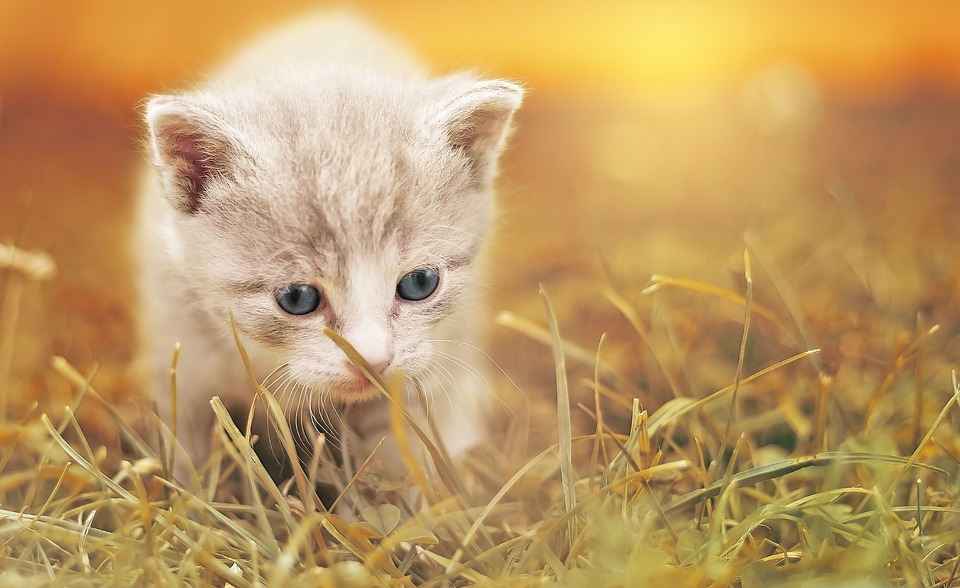Grooming is an important part of a pet’s routine, but when it becomes excessive, it can be a cause for concern. Excessive grooming in pets, particularly cats, can have various underlying causes and can have a negative impact on their health. In this article, we will delve into the reasons behind excessive grooming in pets, its potential impact on their health, and how to help your furry friend overcome this compulsion.
Excessive grooming refers to grooming behavior that goes beyond what is considered normal. While grooming is a natural behavior for cats, excessive grooming can be problematic. Common signs of excessive grooming include excessive licking, biting, or scratching of the fur or skin, leading to hair loss, bald patches, and skin irritations. It is important to differentiate excessive grooming from normal grooming behavior, as the latter is a necessary part of a cat’s routine to maintain a clean and healthy coat.
There are several potential causes behind excessive grooming in pets. Stress and anxiety can be major triggers for excessive grooming. Cats may engage in excessive grooming as a way to cope with stress or anxiety in their environment. Underlying medical conditions or allergies can also contribute to excessive grooming. Cats with skin conditions, such as allergies or parasites, may excessively groom to alleviate discomfort. Boredom and lack of mental stimulation can also lead to excessive grooming, as cats may turn to grooming as a form of entertainment. Additionally, traumatic experiences or past abuse can trigger excessive grooming as a coping mechanism.
Excessive grooming can have a detrimental impact on your pet’s health. Constant licking, biting, or scratching can lead to skin irritations and lesions. Hair loss and bald patches may also occur as a result of excessive grooming. Furthermore, excessive grooming can increase the risk of infection, as open wounds from excessive scratching can become susceptible to bacteria. Moreover, cats who excessively groom may ingest a significant amount of hair, which can lead to digestive issues such as hairballs or blockages.
If your pet is exhibiting signs of excessive grooming, there are several techniques you can employ to help them overcome this compulsion. Identifying and addressing potential stressors in your pet’s environment is crucial. Providing environmental enrichment and mental stimulation can help alleviate boredom and redirect your pet’s focus away from excessive grooming. Regular grooming sessions with your pet can also help to establish a routine and provide them with the grooming they need. Consulting with a veterinarian or animal behaviorist is highly recommended, as they can provide professional advice and guidance tailored to your pet’s specific needs.
To address common concerns, a Frequently Asked Questions (FAQs) section can be included in the article. Some common questions may include whether excessive grooming can be a sign of a medical condition, how to differentiate between regular grooming and excessive grooming, whether certain cat breeds are more prone to excessive grooming, whether excessive grooming can be contagious to other pets, and if there are any home remedies to alleviate excessive grooming.
In conclusion, excessive grooming in pets can be a distressing issue for both the pet and their owner. Understanding the underlying causes, recognizing the signs, and implementing appropriate interventions can help your furry friend overcome this compulsive behavior. Seeking professional advice from a veterinarian or animal behaviorist is crucial to ensure the well-being of your pet. With proper care and attention, you can help your pet overcome excessive grooming and maintain their overall health and happiness.








